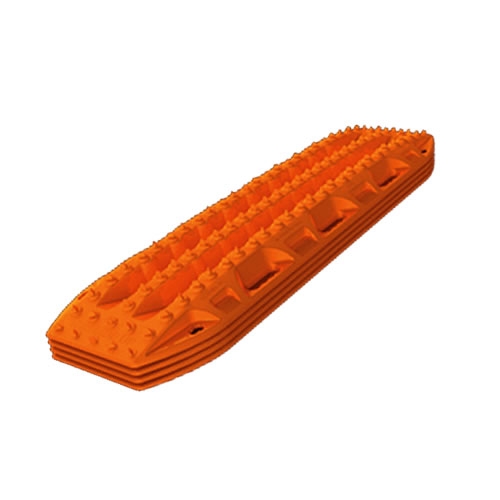How To Improve Your Car Battery Life
How To Improve Your Car Battery Life
Maintaining the car battery life is the best way to maximize the investment made on the purchase of a battery. There are three types of batteries mainly used for cars. The most common and old type is lead-acid batteries. The other two are nickel metal hydride and lithium-ion batteries, are relatively new. The sealed battery cannot be serviced for easily and whereas conventional types with vents are easily serviceable. Batteries are required for starting the engine and power the lights. Though the ampere of the battery may be different, in functionality it will be the same. But the types of the battery are generally decided by the functional requirement of a car which varies depending on the electronic items fitted with the car. The new sealed batteries do have a life of 60 to 72 months from the date of its charging.
Protection from temperature:
The batteries need to be protected from extreme temperature. Over exposure to high temperature will decrease the life of a battery. A thermal insulator or battery blanket is an option if you are living in a high temperature area. Similarly, those who are using the battery in extremely cold area below freezing point you need to have a thermal blanket which will work as a battery heater. In addition to this, it is better to have an engine heater to warm the engine. Under freezing temperature engine oil will not circulate properly which in effect will drain the battery power while you trying to start the engine. The starter motor drag the engine and repeated attempt will only deteriorate the battery power.
Proper maintenance:
Conventional batteries can be easily maintained. Keep the battery water level always to the required level as marked in the battery case. Do not let the battery to become dry. Maintain the battery shell in neat condition. The battery terminal and contact wire point need to checked and cleaned regularly. Before you clean the battery terminal, decouple the poles. As a standard practice, the battery wires are provided in black and red color. The black wire will be always negative terminal.
The negative lead has to be decoupled first and then you can decouple the red cable which is the positive terminal. You can do mild rubbing on the terminal with a brass brush. Once this is done clean the terminal with a clean damp cloth and apply some grease on the terminal and also inside the cable clamp. This application of grease will resist the corrosion. After that you can gently tighten the cable clamp and also the battery bracket. Make sure the battery brackets have leather or rubber protective shields on their edges.
Lead-acid batteries are available in dry forms. You need to fill up battery water/acid through its vents. For a new battery after the required battery water is serviced to the electrolyte, hold it for 2-4 hours to get the battery energized. The water level in the battery has to be maintained as per the given instruction along with the battery water level marking on the battery case. Normally batteries shall be marked with minimum and maximum water lever.
The battery water is mild sulphuric acid and hence is not human consumable. Do not use tap water for maintaining the battery water level or charging purpose. The alkalis and minerals in tap water will damage the life of the battery. Do not use your eyes too closely to the vent to see the water level. The emission of acidity from the battery is dangerous for your eyes and may create inflation or irritation. If your eyes start burning and irritation continues, wash your eyes with cold water.
The weakness of the battery can be noticed in advance. The slow ignition reaction is an indication that the battery ampere is low and the battery need to be changed.







